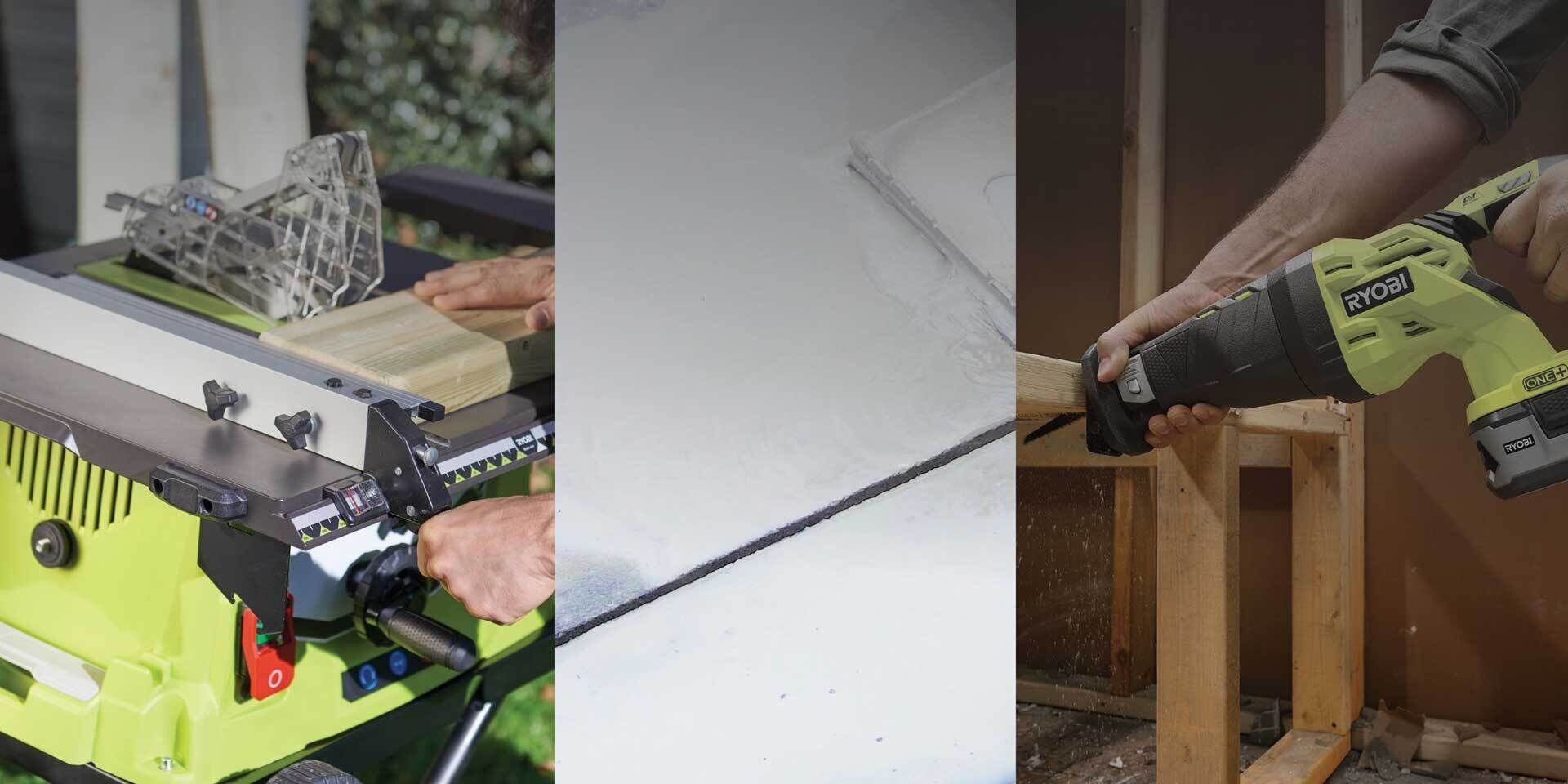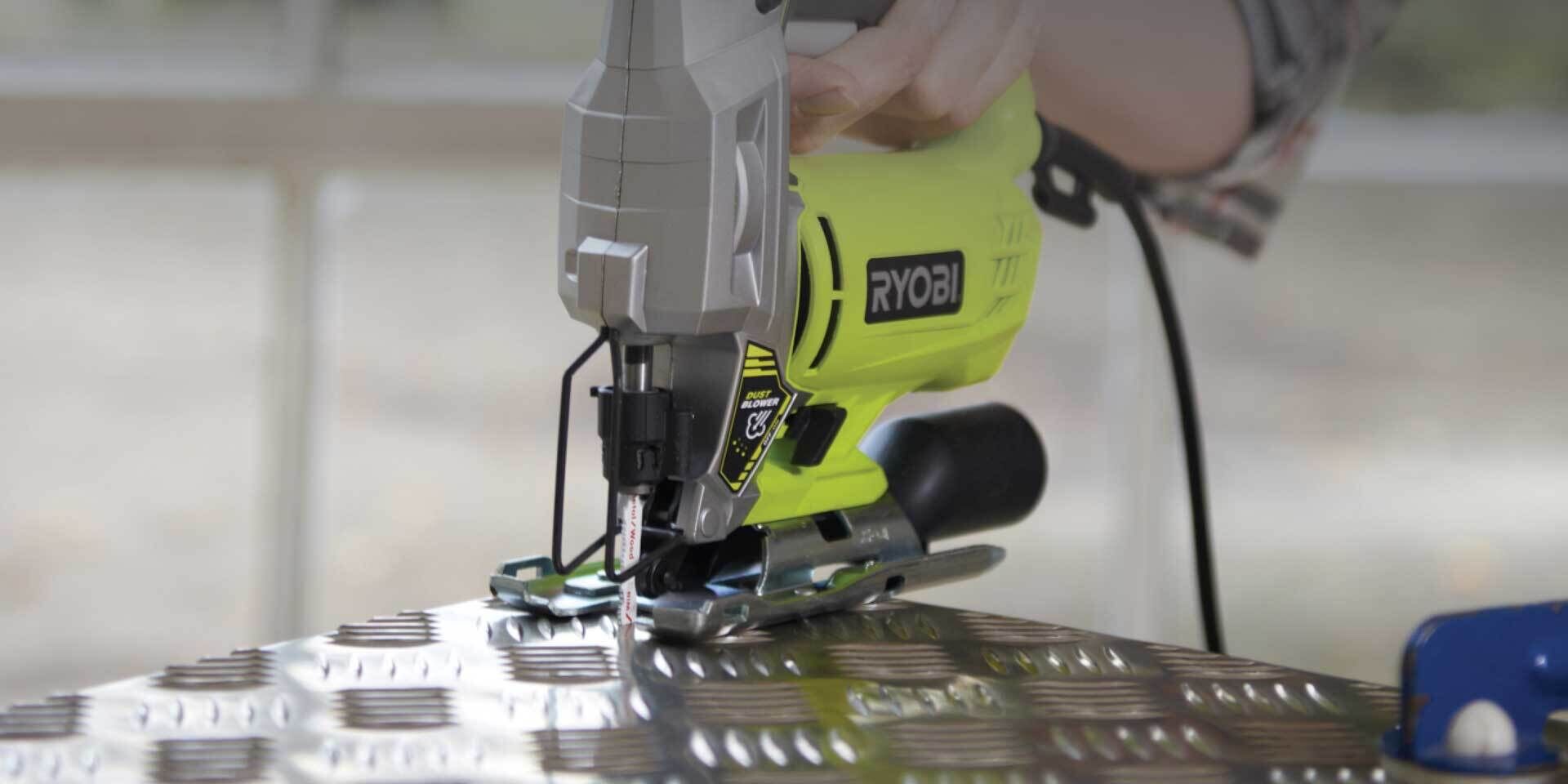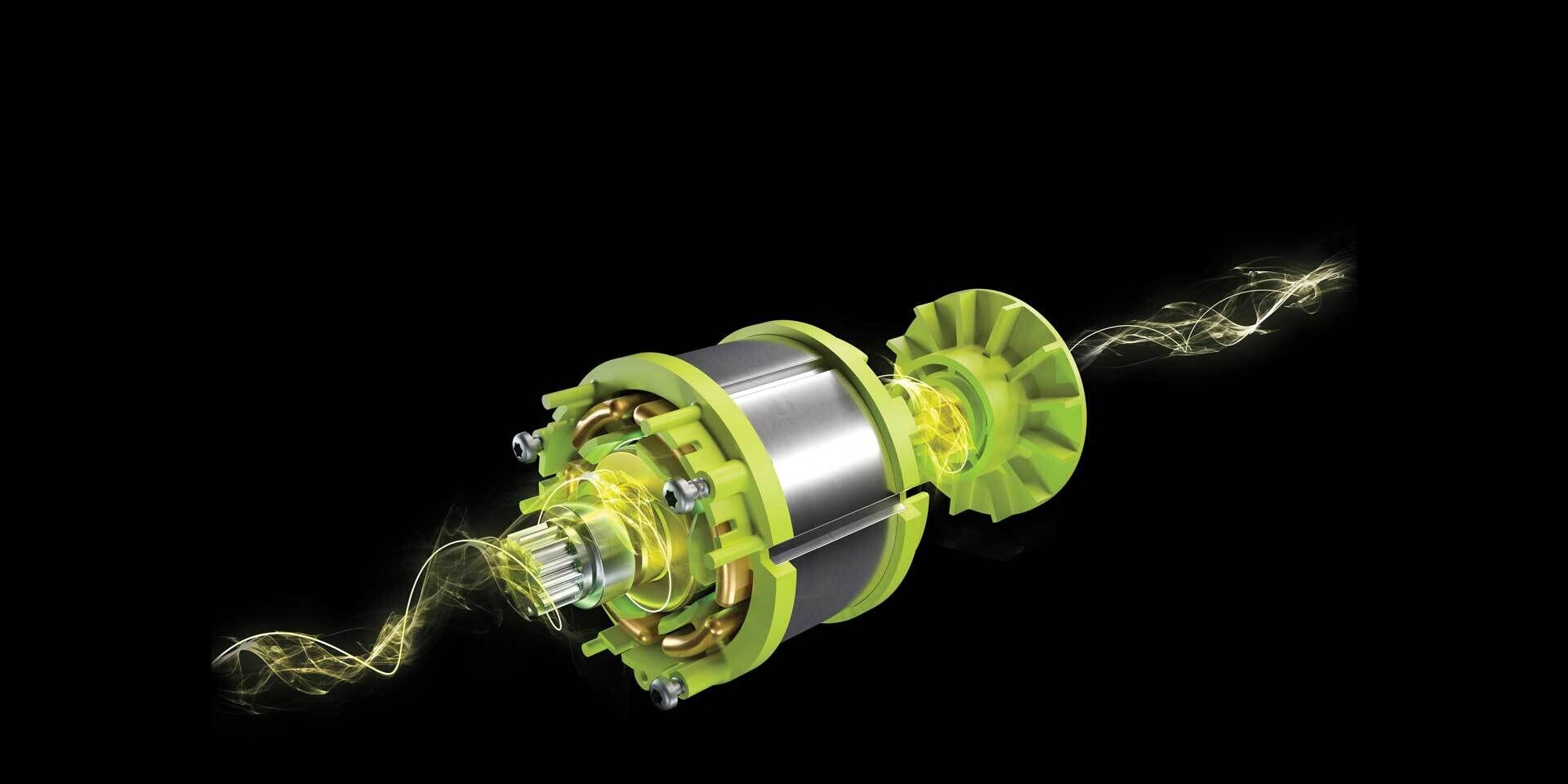
Drill into timber, soft metal and hard materials including brick and concrete with the RYOBI 18V ONE+ Hammer Drill.
Checkout at Bunnings to calculate delivery or collect in-store
How to choose the right 18V ONE+ battery for your product and task. Read more.

Start typing in the search bar. Our autocomplete feature will provide relevant suggestions. Press 'tab' to accept an autocomplete suggestion.
Cut materials to size with precison and ease using RYOBI's rang of Power Saws. Every Circular Saw, Band Saw, Recip Saw, Mitre Saw and Jigsaw has its own specific use. So choosing the right model is crucial for getting the result you want. Each one has standout features to help you get professional results for your next DIY construction, renovation, demolition or woodwork project.
Power saws are designed for cutting materials down to size for construction, cutting through materials in demolition work or can also be used in craft work. They take the effort out of what was once an arduous manual task. They’re so easy to use, although some operator skill is required for cutting very straight lines or intricate shapes. Saws come in many shapes and sizes, and many are designed for a limited number of purposes. Therefore, making the right choice is essential to getting the results you’re after.
If you need to cut down trees, lop branches or make firewood, we suggest visiting our Chainsaws page to find which one is right for your outdoor task.
When it comes to DIY there are many different power saws for cutting different materials in different ways. Explore the range.

Many hand-held power saws, like circular saws, only allow for straight cuts. So knowing what type of cut you need to make will be key in choosing the right saw. Jigsaws and reciprocating saws will allow you to cut curves but getting a really straight line with these is a challenge. Bench or table saws are designed to ‘rip’ timber in straight lines, while mitre saws are made for delivering accurate angled cuts. Band saws and other specialised woodworking saws give more flexibility for intricate cuts in timber.

There is a saw to cut just about any material, from wood, metal, PVC and other plastics through to tiles and masonry. Often, you may need to buy different blades to get the best result. However, not every saw type is suitable for all materials. For instance, recip saws are typically used in demolition work and can be fitted with a variety of blades to suit the material they’re cutting through. Jigsaws, too, can be fitted with different blades for different jobs. However, circular saws are basically for cutting through timber.

With the exception of reciprocating saws, all other types of saws are limited by their blade size and/or the design of the tool which controls their depth of cut. The ‘cut capacity’ of the tool will tell you how thick a material you can cut. For thicker material, you may be able to make a cut on one side and simply flip over the working piece and make a cut through from the other side.

Some saws can make finer cuts than others by how they work. But some saws can provide different levels of finishes depending on the blade used. As a guide, blades with more teeth will deliver a cleaner cut but take longer to make. While blades with fewer teeth get the job done quicker but rougher.
The thickness of material a saw will cut through is determined by its blade size, then any depth control on the tool itself. Limiting the depth of the blade to just breaking through the material, especially on a circular saw, will generally produce a finer cut with less friction. Adjusting the depth on a sliding mitre saw allows you to achieve rebates or trenching cuts. Jigsaws and recip saws, however, typically have no depth adjustment features.
Tools featuring dust extraction will have either an attached dust collection bag or unit fitted to the tool, or have an extraction port where a workshop vacuum hose can be attached – or both. Dust extraction is a great way to keep the work area cleaner, is safer for you and keeps the tools clear of dust and debris, especially when cutting materials with very fine dust particles, like MDF.
This is featured on all jigsaws and some models of reciprocating saws. The pendulum action helps to make faster, more aggressive cuts in the material by adding forward movement to the blade, not simply up and down or in and out. Low settings are used for slow, cleaner cuts, particularly in wood, plastic and ceramics. Mid settings are ideal for assisting cutting in thin metals while higher settings are for fast, rough cutting of wood.

Saws that feature electronic brushless motors deliver the added benefit of significantly increased power, reliability and increased battery run times when compared to standard brushed motor models – so these are great for the tough jobs.

Tool-free changes allows the user to change accessories, like blades, quickly and easily without the needs for tools like spanners or screwdrivers. This feature is usually found on jigsaws and reciprocating saws.
A mitre cut is a vertical cut made on the left or the right of the material. A compound cut sometimes refers to a bevel cut, when the blade is tipped on an angle to the left or right. A compound/mitre cut is a combination of the two.
The sliding action refers to a mitre saw that has a sliding option, where the motor and blade are on rails and can be drawn closer to the user, then pushed back to make cuts along wider boards.
These accessories can be fitted to circular saws and jigsaws. They allow the user to perform very straight cuts when ripping (lengthways) wood, using the edge of the wood, or another straight edge, to guide the saw.









